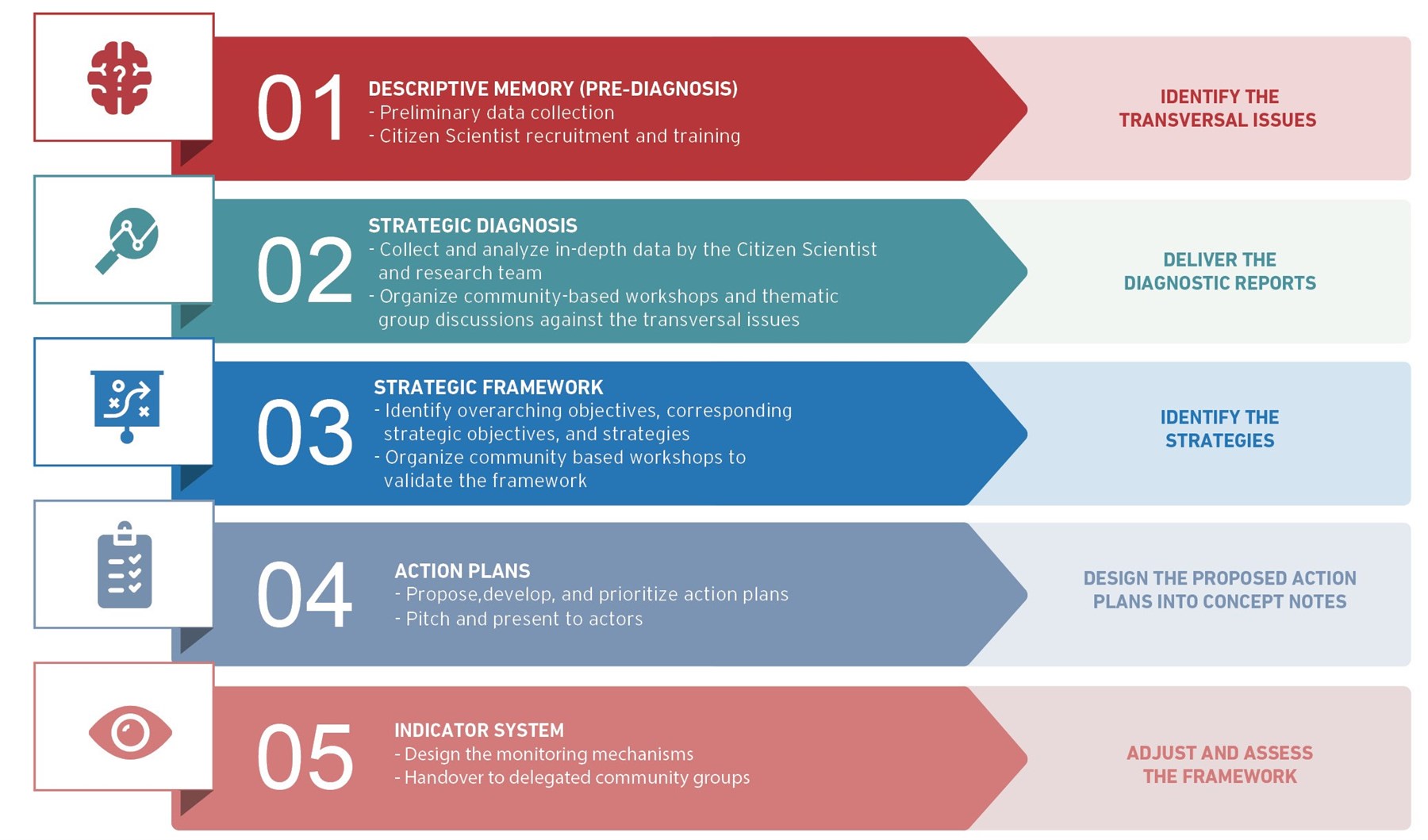A People-Centered Urban Recovery Strategy for Karantina in the Aftermath of the Beirut Port Blast
Summary
On August 4, 2020, a huge blast at the Port of Beirut, Lebanon, devastated the city and severely impacted people’s lives. Accordingly, the urban recovery team at the Beirut Urban Lab in the American University of Beirut immediately mobilized its resources and expertise to respond to the blast. Based on the early observations of the team, some of the typical practices and challenges associated with post-disaster responses were identified. The Lebanese government was largely absent and did not provide a recovery plan for the devastated neighborhoods next to the Beirut port. As such, public institutions played a limited role and failed to position themselves as the custodians of the common good. The efforts of many actors on the ground—for example, nongovernmental organizations that provided emergency relief and short-term humanitarian aid—were also not coordinated and lacked a shared vision and a common framework.
The de facto postwar reconstruction approach that was previously adopted in Lebanon was primarily physical, in which buildings were the focus. Accordingly, the Beirut Urban Lab provided an alternative, based on its approach to urban recovery that is people-centered, holistic, and multilayered; it stressed the need for long-term sociocultural and economic recovery. The Lab worked on different initiatives, from collecting and sharing data to coordinating with multiple partners, establishing an Observatory of Reconstruction, carrying out spatial interventions, and proposing a neighborhood-scale urban recovery strategy. The urban recovery strategy focused on one of the neighborhoods next to the Beirut port, Karantina, to serve as a pilot. This urban recovery strategy adopted the participatory City Development Strategy (CDS) model and combined it with the citizen science method to maximize community engagement. The Lab’s work in Karantina demonstrates the importance of CDSs as strategic planning models that should be part of urban recovery at a neighborhood scale. As opposed to the dominant approaches to postwar reconstruction in Lebanon, they aim to enhance participation and engagement with local community groups. The paper also details the steps of the proposed urban recovery strategy in Karantina and explores ways to sustain it on the long-term in situations of compounded crises like in Lebanon.
Read the full text on the Oxford Research Encyclopedia of Natural Hazard Science website.



